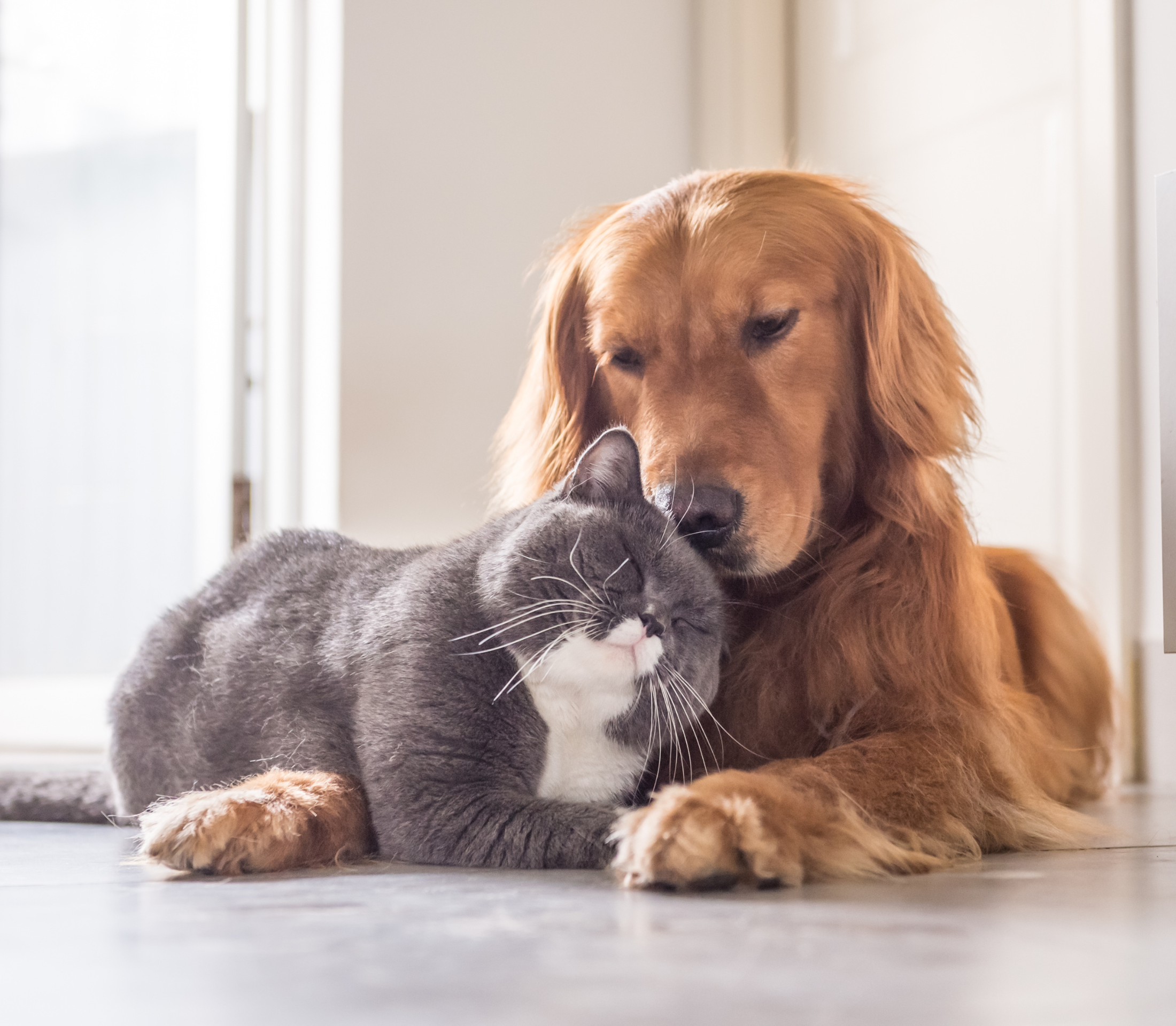Tips For Taking Fido To The Park
Does your furry bestie enjoy going to the park? Many of our canine companions absolutely love going to dog parks and meeting up with their four-legged pals. However, there are quite a few things to keep in mind when setting up your pup’s playdates. A local vet lists a few things to keep in mind when bringing your furry friend to the park in this article.
Keep Your Dog Current On Preventative Care
Microchips, ID tags, vaccinations, and parasite control shouldn’t only come into play when it comes to visiting dog parks. This really just falls under basic pet care. That said, these things are all very important when going to parks. You’ve really got no way to vet the dogs that are going to be there, or were recently there, and ensure that they aren’t carrying diseases or parasites. One reason this is so concerning is the fact that dog parks can be major hot spots for heartworm infestations. Heartworms are carried by everyone’s favorite insect, the mosquito. Fido doesn’t even have to come into contact with an infected pooch to get infested. All that needs to happen is for one mosquito to bite an infected dog, and then bite your dog. It’s definitely better to be safe than sorry.
Ask your vet for more information on protecting your dog from parasites and disease.
Work On Your Dog’s Training
Dog parks can be a double-edged sword in some ways. On the one hand, they give your pet the chance to spend some quality time with other dogs. This can actually be quite important for your pooch, both mentally and emotionally. Man’s Best Friend is a pack animal at heart, so he’s more or less wired to be very social and to communicate and interact with other dogs regularly. However, that doesn’t mean that every pooch will enjoy parks. Dogs all have their own personas, and, like people, some are just friendlier than others.
Some dogs are very, very sociable, and love to spend time with their pals. There are also many pups that are somewhat social. These guys may get along fine with dogs they know, and may not be bothered by very placid pups, but may become uncomfortable around a lot of strange and/or feisty dogs. There are also pups out there who just do not play well with others, period, and are not cut out for dog parks at all. Unfortunately, that won’t always stop their owners from taking them.
It’s important to be aware of the possibility that your pet could very well run into aggressive dogs or get riled up himself. Make sure that your canine buddy knows basic commands. Sit, Stay, and Come are all very important, as these allow you to control your dog and keep him safe in various situations. Work on these one at a time.
Speaking of training, the park can be a good place to work with your pet. This gives you a way to ensure that Fido will listen to you, no matter what. There are a few things to keep in mind here, though.
- Make sure to give your dog some free play time. Fido may lose interest in the park if he only goes there for training.
- You can work on your dog’s off-leash training in fenced areas. However, never take your dog off-leash on open trails or places until you’re certain he is fully trained.
- Also, be careful about treats. You may attract a crowd if Fido’s pals happen to notice that you’ve got the goods.
Don’t Start Too Soon
As you may know, socialization is crucial for young dogs. It’s therefore, fairly logical to assume that a dog park would be a great spot to take little Fido. That isn’t always the case, though.
One thing to keep in mind is your pet’s vaccination schedule. It won’t be safe for little Fido to interact with other dogs until he’s completed his first series of vaccines, including the boosters. As a general rule of thumb, we wouldn’t advise taking a puppy that is younger than about 17 weeks. Ask your vet for specific information.
You also don’t want your canine buddy to get overwhelmed. Puppies do learn from interacting with older dogs. You’ll want to choose your pet’s playmates carefully, though. Make sure that your furry pal only plays with polite, well-behaved dogs. This not only helps ensure that your canine buddy will have a great experience, but also circumvents the possibility of your pet picking up bad manners from an unruly pooch.
Another thing to keep in mind is that parks can be a bit overwhelming for puppies. If you do go, keep a close eye on little Fido, and look for signs that he is feeling uneasy.
Some of the things to watch for include the following:
- Panting
- Pacing
- Shaking
- Tucking Tail
- Cowering
- Hiding
- Yawning
- Drooling
- Excessive licking
- Shedding
- Whining or barking
- Aggression
- Lip licking
- Growling
- Whale eye
- Restlessness
- Tense/Unusual Posture
- Potty Accidents, such as fear urination
If you notice any of these, take the little guy home and let him relax. Try again another day. You may need to ease your furry buddy into park life.
Monitor Fido Closely
Many dog parks also have spots for Fido’s humans to sit and relax. That’s fine! We do have a few bits of advice on that, though. The most important thing is to keep a close eye on your pet and the dogs around him. Scuffles between dogs can start and accelerate rapidly. You’ll also need to make sure that your canine pal is playing nice with others.
Another reason to stick close to your pooch? The possibility of theft. Dog thefts have been on the rise in recent years. While parks are generally a safe place for people to take their furry besties for some outdoor fun, unfortunately, some dogs have been taken from parks. There’s no need to be over-cautious: just keep a close eye on your furry friend.
You’ll also just want to keep an eye on Fido as he’s interacting with other dogs. Getting to know dogs’ body language can go a long way here. Sometimes the difference between playful jostling and true aggression can be hard to spot. Do some research, and ask your vet for more information.
Do Some Research
There are plenty of dog parks in operation here in the U.S. Data from a 2018 survey by The Trust for Public Land found that dog parks were one of the U.S. Park System’s fastest-growing park amenities in the U.S. There was also a whopping 40% increase in dog park development between 2009 and 2020.
The news wasn’t all good, though. A surprisingly high number of respondents said that their dogs had been attacked by other dogs in the park. The numbers varied a bit regionally. The West had the highest number of incidents, at 1 in 5. It was 1 in 10 in the Midwest, while the Northeast region saw 1 in 6. The South came in at 1 in 8.
Always take a minute to watch the dogs in the park before letting Fido off-leash. If you see any aggressive dogs, take Fido somewhere else. It’s always best to be safe, rather than sorry.
Bring Water
While most parks have sinks, spigots, or fountains, don’t assume everything is in order. It’s best to bring water with you anyway, just in case.
Make An Appointment At Your Pet Clinic
Do you have questions about your pet’s health or care? Contact us, your local pet hospital, today!



